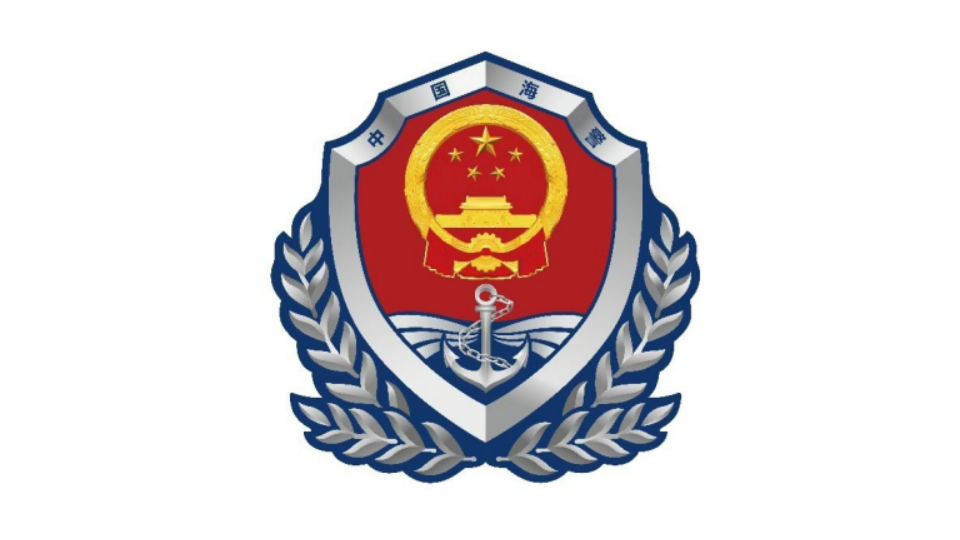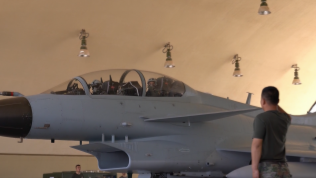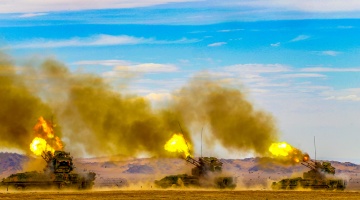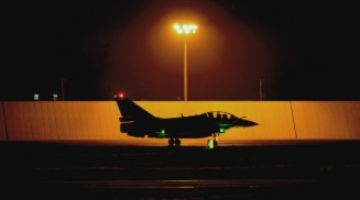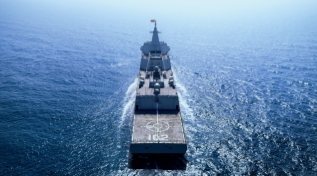A website under the U.S. Department of Defense recently reported that the MQ-9A Reaper drone, deployed to the U.S. Marine Corps, has formed initial operational capability in the Indo-Pacific region. Military observer Zhou Weizheng believes that in the future, the U.S. Marine Corps may utilize the drones to maintain continuous intelligence collection and battlefield surveillance capabilities to support the U.S. military's daily operations worldwide and provide information support for potential future major military confrontations.
The first unit to operate the Reaper in the Indo-Pacific region is Marine Unmanned Aerial Vehicle Squadron 3 of the U.S. Marine Corps, which will provide aerial reconnaissance support to the 3rd Marine Expeditionary Brigade stationed in Hawaii. With the help of MQ-9A Reaper, the 3rd Marine Expeditionary Brigade will become a frontline force for the U.S. military's implementation of the major power competition strategy in the Asia-Pacific region.
Zhou analyzed that conducting island defense and offense operations in the Western Pacific and organizing landing operations from other countries' coasts are both highly targeted tasks. The U.S. is vigorously developing its expeditionary combat brigades to enhance its strategic deterrence capability against major powers in the Asia-Pacific region and to strengthen its capability to respond to sudden security issues.

U.S. MQ-9 Reaper UAV (Source: Huanqiu)
In addition, according to reports, the U.S. Navy has recently deployed a new type of mini-submarine capable of carrying U.S. Navy SEALs to conduct secret missions underwater in a more comfortable and safe manner. Zhou believes that with this capability, the U.S. is more likely to actively engage in special operations in the Pacific region and provoke incidents. This type of submarine allows crew members to avoid prolonged exposure to cold water and the need for breathing apparatus and diving suits, which can reduce physical exertion.
Zhou further points out that in recent years, the services and arms of the U.S. military have spared no effort to strengthen their military capabilities against presumed adversaries under the banner of the "Indo-Pacific strategy". This will bring about a series of incalculable risks and security pressures to the Asia-Pacific region.
The U.S. Marine Corps is no longer content with traditional tasks and capabilities, and is developing new submarine platforms and other weapons and equipment to establish relatively independent long-range island and coastal defense and offense capabilities. The U.S. Navy, Air Force, and Army are also engaging in similar expansions.
As the services and arms of the U.S. military are vigorously developing operational capabilities against specific major powers to compete for defense budget allocations, a distorted atmosphere of aggression will be aroused, which will in turn trigger chain reactions among allies and opponents, seriously undermine regional peace and mutual trust, and lead to military confrontations among major countries.

US Navy's newly-developed mini-submarine (Source: The Paper)

